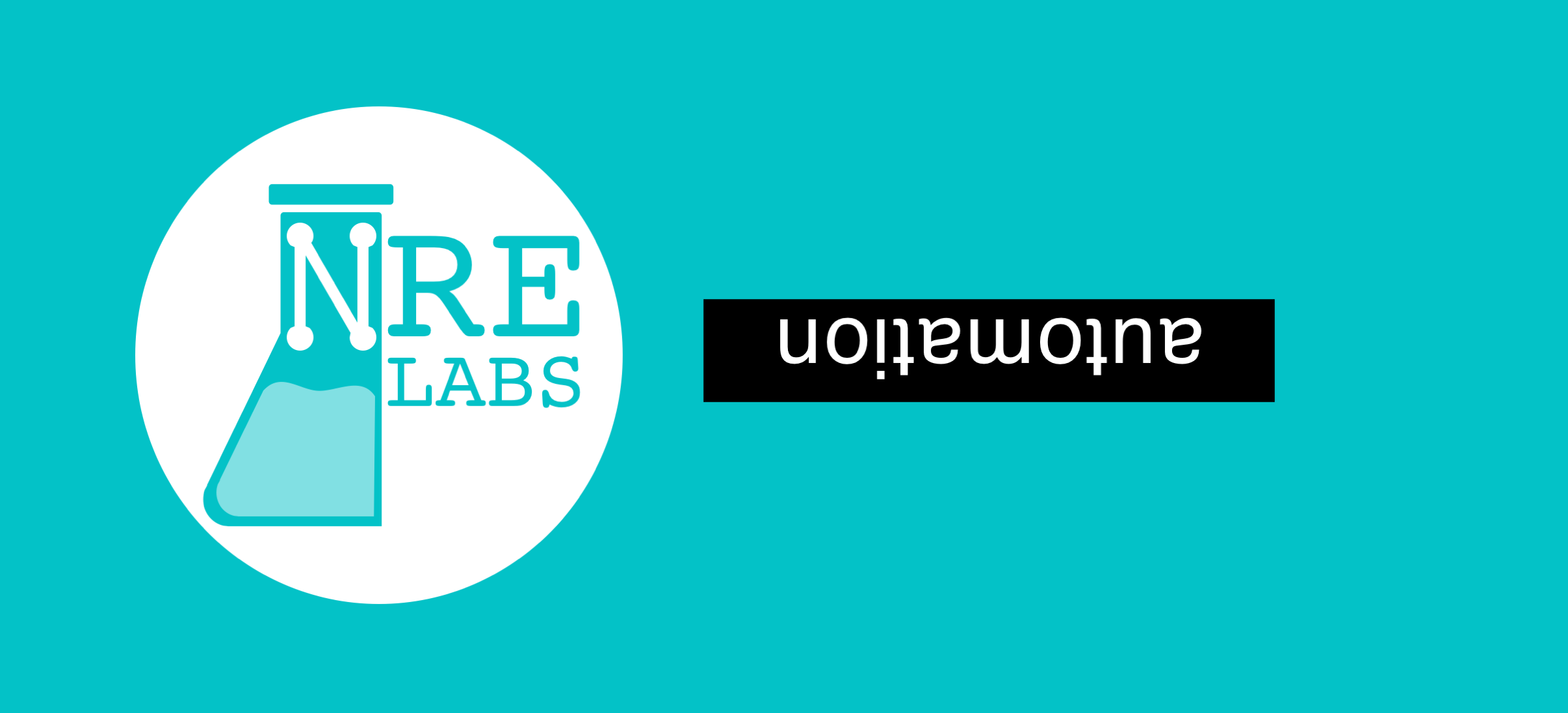“The 80s called and they want their CLI back.” Until recently, that was basically the beckoning call of the network automation and programmability plot. Like a broken record, the replayed attention on tools and APIs talked of new NetOps technology, but it didn’t paint a picture of the promised land. It didn’t provide a map and it didn’t prepare anyone professionally.
Today, as Network Reliability Engineering (NREs) roles pave the way from CLIs to SLIs and other higher-order SRE-inspired methods and metrics, the picture of automated NetOps is crystalizing. Juniper Networks has elaborated the 5-step map of the journey. And now, with the launch of NRE Labs, Juniper is introducing the virtual training camp to support the trip to the promised land. It’s open—open source and open for use—and it’s by and for network engineers.
People are the greatest asset or predicament to any transformation like automating NetOps, so this is where the focus was on democratizing NRE learning for all.
An Automation Dojo in the Browser
For most network engineers, automating has either been an ad hoc adventure, or the barrier to entry has stopped engineers from starting. And without the right roots, asking for automation from network engineers is like asking for pears from a pine tree. Hands-on time is needed to form the software engineering skills and experience needed to architect and automate.
Providing a cheap, quick and easy solution, NRE Labs is free and easily accessible. It includes live terminal access to one’s own network devices and linux systems, right in the browser. Each learning lab topic is pieced apart into lessons that are, in turn, comprised of short lab steps that each take only a couple minutes. This is important because it eliminates those overwhelming obstacles to getting started with hands-on learning.
It removes the risk of learning by trial and error in production
It doesn’t require a sign-up and doesn’t have a classroom or a teacher
It doesn't require a long download or physical or virtual lab setup times
It doesn’t demand expertise or painful piecing together of all the background infrastructure
It demands zero prerequisite knowledge of tools and programming
Without any major impediments, anybody can jump right in and click through a few lessons right in their web browser.
The main NRE Labs runtime sponsored by Juniper Networks is available at: https://labs.networkreliability.engineering
Learn by Doing
Education that isn’t applied is quickly forgotten. That’s why the topics and lessons in NRE Labs are organized into real-life NetOps contexts and workflows. NRE Labs is also built with useful systems and tools that are widely available and applicable to network engineers today.
NRE Labs was created to be accessible to anyone, so it starts from scratch with a learning topic for basics, but users can move around lessons as they see fit. Other topics include troubleshooting, configuration, testing and verification. In the future, additional lessons will take these topics deeper and additional topics will take learning broader. This includes covering the spectrum of NetOps workflows; structuring automation and infrastructure as code with gitOps rigor; evolving troubleshooting into proactive testing; orchestrating testing, delivery and deployment with a pipeline; and using telemetry and analytics for monitoring and measuring service-level indicators and automating network remediation and regulation.
Open for Contributions
NRE Labs needs to be open to democratize learning across different networking environments, but it’s also open to keep up with the rate of and scale it to all kinds of innovators broadly automating their networks that have something to share.
The NRE Labs back-end infrastructure and front-end lessons are all open source as the NRE Learning Antidote project and code repository on GitHub. The project’s documentation explores some background on the Kubernetes-based Antidote infrastructure and explains how to run a standalone instance of NRE Labs to develop, test and contribute improvements and lessons.
For the express documentation, Juniper has open sourced the NRE Labs project summary as a poster.
While NRE Labs is live today, it’s in tech preview and we’re looking for quick iterative progress over delayed perfection. We welcome contributions! Other than curriculum development, some of the back-end work revolves around hardening and scaling the infrastructure and shortening start times of network nodes. We’d also greatly appreciate front-end work such as mobile optimizations. Suggestions are welcome and are already flowing in. Use the project’s issues tracker on GitHub to find work or share feedback.
To be Continued
Notice that NRE is learning created by and for network engineers and free of external marketing. You can use it anonymously, but we hope you’ll tell us what you think.
Beyond learning new NRE and automation skills, NRE Labs aims to spark new, open conversations to listen to or chime in. Follow @nrelabs for updates on new content, improvements and more. We also created an #nre_labs channel in the Slack spaces for the Juniper Engineering Network (EngNet) (Join here) and the vendor-neutral space run by Network2Code (Join here).
Please spread this day-one news and follow the blogs as lessons continue to roll out.
See you in the community,
@mierdin, @cloudtoad and @jameskellynet from the NRE Learning Team
This blog was originally published at https://forums.juniper.net/t5/Enterprise-Cloud-and/Introducing-NRE-Labs/ba-p/381850



